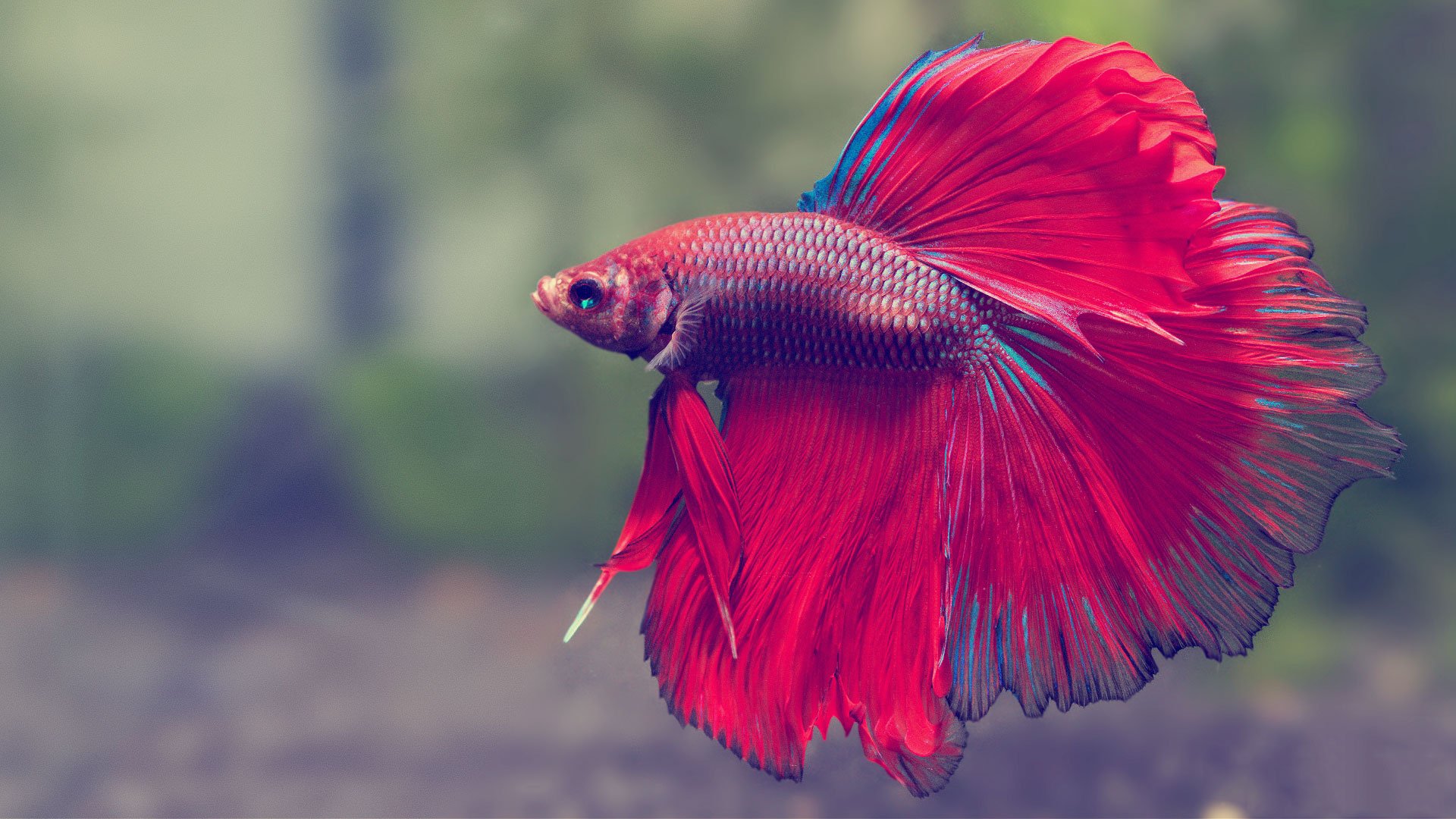Betta Fish Treatment: Vital Tips for a Healthy And Balanced and Satisfied Pet
Betta Fish Treatment: Vital Tips for a Healthy And Balanced and Satisfied Pet
Blog Article
Reproducing Betta Fish: a Comprehensive Step-By-Step Guide to Efficiently Raising Infant Bettas From Eggs to Adulthood
Breeding Betta fish is a thorough venture that calls for careful preparation and execution to make sure the effective development of fry from eggs to develop fish. Picking genetically diverse reproduction sets with desirable qualities is just the start; producing an ideal setting and comprehending the intricacies of the breeding process are just as crucial. As the male Betta vigilantly constructs a bubble nest and guards the priceless eggs, the succeeding stages of care and shift need focus to detail and knowledge of best methods. Exactly how does one browse the tough yet rewarding path of supporting these vivid creatures to adulthood?

Choosing Breeding Pairs
When starting the journey of breeding Betta fish, picking the ideal breeding sets is critical to accomplishing desirable traits and a healthy family tree - betta fish. The initial step in this process is to recognize the certain characteristics you desire to improve or preserve, such as shade, fin type, and physique. It is important to choose genetically varied pairs to stay clear of inbreeding, which can cause health and wellness problems and undesirable features
Assess potential reproducing prospects thoroughly. A healthy and balanced male Betta ought to show vibrant shades, an energetic demeanor, and well-formed fins, while the woman needs to likewise display vivid coloration and a rounded belly, showing preparedness for spawning. Observing the character of both fish is essential, as hostile or excessively reluctant individuals may not breed efficiently.
Documentation of lineage is just as important. Keeping documents of the parent fish's origins can aid you track hereditary attributes and potential issues. Additionally, consult trustworthy breeders or on the internet sources for advice on selecting compatible pairs. Eventually, spending time in the option procedure will considerably improve the probability of creating solid, vivid spawn that fulfill your breeding goals (betta fish).

Preparing the Breeding Storage Tank
Creating an optimum breeding environment is a vital step after selecting appropriate pairs for Betta fish. The reproduction tank must be particularly designed to supply comfort and boost the natural reproduction behaviors of the fish. Beginning with a storage tank size of a minimum of 10 gallons to guarantee ample area for both the man and female Bettas.
Keep a mild filtering system to maintain the water clean while staying clear of strong currents that can worry the fish. Additionally, an air stone can be included to give oxygenation without interrupting the water surface area excessive.
Temperature guideline is important; go for a stable series of 78-82 ° F(25-28 ° C) making use of a trustworthy heater. The pH level must be maintained between 6.5 and 7.5, and normal water changes are essential to guarantee high water top quality.
Incorporate floating plants or spawning sponges to develop concealing spots for the woman, while additionally encouraging bubble nest building by the man - betta fish. Ensure the storage tank is free from sharp decors and any kind of potential threats, as the welfare of the fish should constantly be focused on throughout this essential stage of breeding.
The Breeding Process
Generally, the breeding process for Betta fish includes a collection of distinctive and evident habits that show readiness for recreation. The male Betta begins by building a bubble nest at the water's surface area, which acts as a website for the fed eggs. This nest is vital, as it provides a safe setting for the eggs up until they hatch out.
When the nest is developed, the male will certainly show courtship actions, such as flaring his fins and displaying vivid shades to bring in the woman. The female, upon sensing the male's preparedness, will respond by presenting vertical red stripes along her body, indicating her receptiveness.
When the female methods, the male involves in a breeding dancing, often leading to a welcome referred to as the "spawning." Throughout this embrace, the lady launches her eggs, which the male feeds quickly. The fertilized eggs then are up to the bubble nest, where the male carefully gathers and returns them to the nest. Following this, the male presumes responsibility for protecting the nest and making sure the safety and security of the eggs till they hatch, generally within 24-36 hours. This phase is important in the reproducing procedure, laying the foundation for successful fry advancement.
Caring for Betta Fry
Caring for Betta fry requires careful interest to their environment and nutrition to make sure healthy and balanced development and advancement. After hatching out, Betta fry are incredibly small and at risk, necessitating a steady and clean environment. Keeping a water temperature between 78 ° F and 80 ° F is critical, as Betta fry grow in warm problems. Additionally, guarantee that the water is devoid of dangerous contaminants; normal water changes of 10-20% are recommended to maintain ideal water high quality.
Feeding Betta fry is equally important. Feed them small amounts a number of times a day, being careful not to overfeed, which can lead to water quality problems.
Transitioning to Grownup Bettas
As Betta fry fully grown, transitioning them to adult Bettas is a vital stage that calls for careful monitoring of their setting and social communications. This procedure commonly begins when the fry reach around six weeks old, whereupon they can be gradually presented to a more structured living setting.
To facilitate this shift, it is vital to ensure find out here that the water parameters-- such as temperature level, pH, and ammonia levels-- are optimum and stable. Grown-up Betta fish flourish in warm dig this water (around 78-80 ° F) with a pH of 6.5 to 7.5. Progressively accustom the fry to these problems to decrease stress.
Social interactions are another crucial element; man Bettas are notoriously territorial and aggressive. Therefore, it is suggested to separate men right into individual storage tanks as they develop. Female Bettas can be housed together, yet care ought to be required to keep an eye on for signs of hostility.
Furthermore, dietary changes should be made as the fry expand. Incorporate high-grade pellets and live foods to support their growth and health. By managing these factors properly, you can promote a successful shift to the adult years for your Betta fish.

Final Thought
Successful reproduction of Betta fish calls for mindful interest to information throughout the whole procedure, from selecting genetically diverse sets to providing optimal look after fry. By making certain appropriate reproduction problems and keeping water quality, the chance of healthy and balanced children increases significantly. Furthermore, a well balanced diet regimen and steady adjustment to grown-up settings are important for the growth and growth of Betta fish. Following these actions diligently cultivates a try this site flourishing populace of Betta fish, enhancing both their health and wellness and vitality.
Report this page